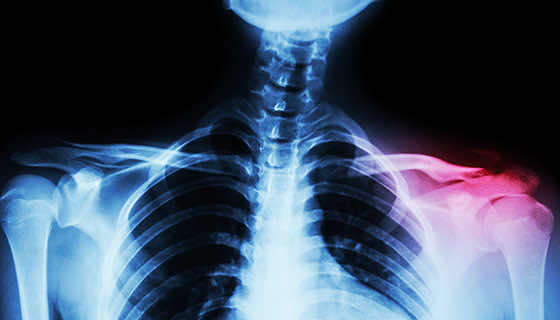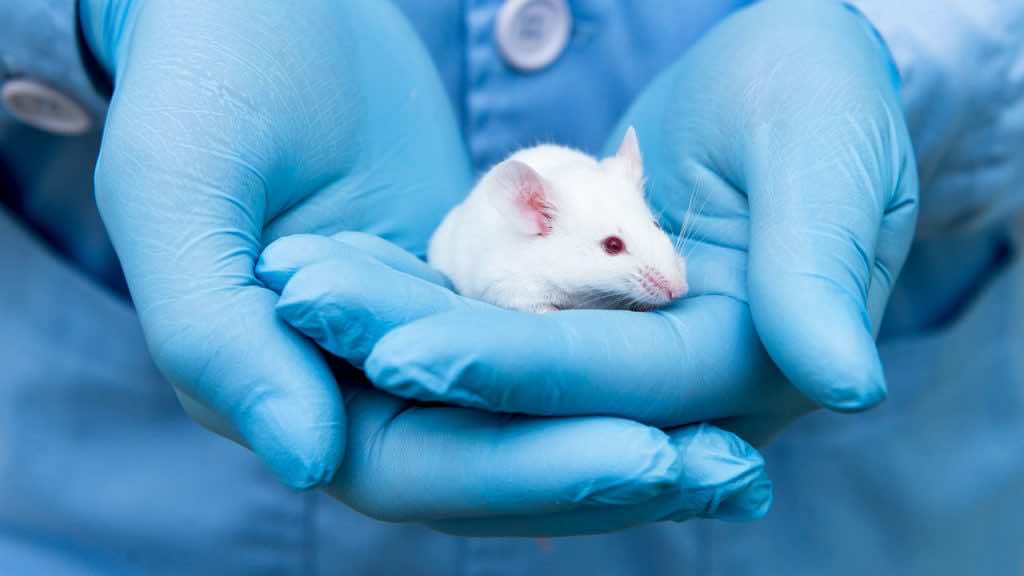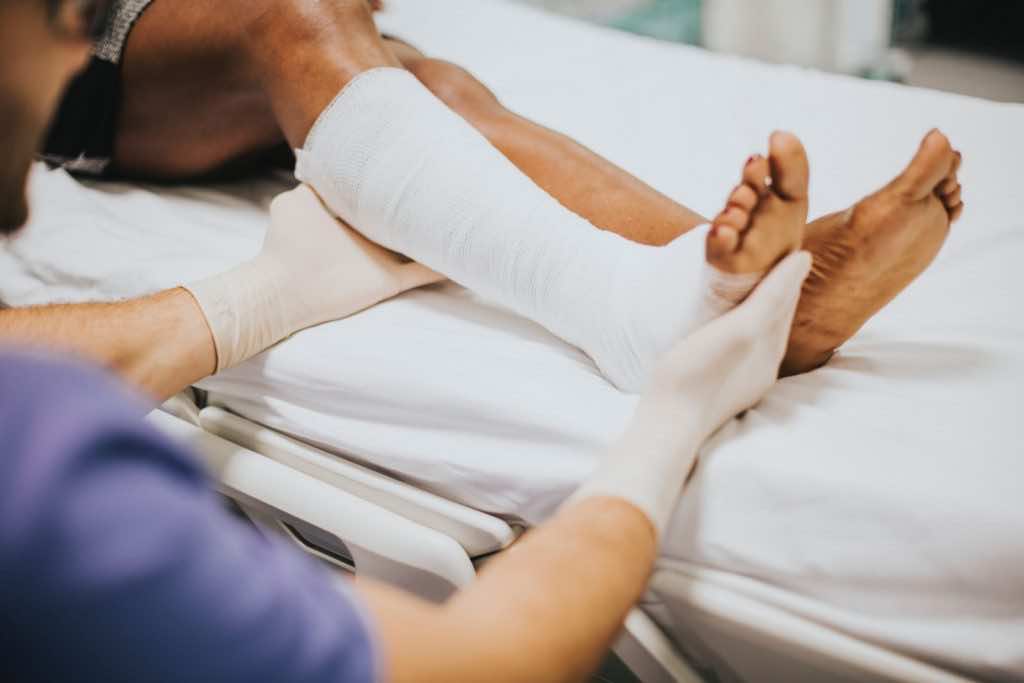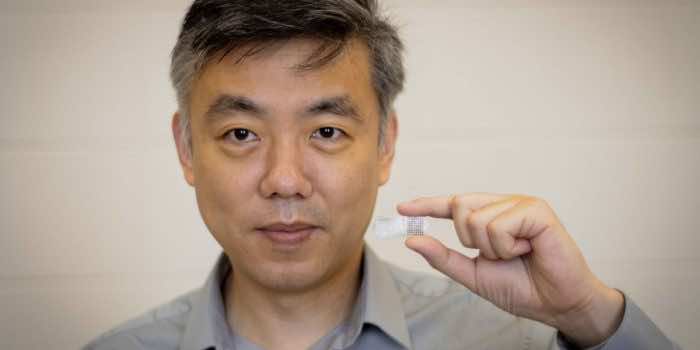An American quarterback Aaron Rodgers during a game in 2017 against Minnesota Vikings, fell off and fractured his right collarbone. Generally, it takes around 12 weeks or so for the collarbone to recover; however, Green Bay’s fans were expecting player’s recovery real soon and help the team win another season.
Not only Aaron’s fans were anticipating his fast recovery, but Xudong Wang, a professor of materials science and engineering at the University of Wisconsin–Madison, was also quite hopeful. The professor is said to be an expert in designing thin, movement-powered medical devices.

“I started wondering if we could provide a new solution to bring athletes back to the field quicker than ever,” Wang says.
Utilizing electricity can help speed up bone healing, but “zapping” fractures were never dealt with in this method as it requires surgical implant and removal of electrodes powered by an external source.
Electro-simulation is a relatively handy and beneficial option in the bone healing process and can help patients around the globe. However, Wang’s latest invention did not benefit the 2017 packers at that time, but it might help others in the future.
The device is self-powered, flexible, and bioresorbable, and therefore once it is implanted into the human body, it gets dissolved in no time.

Professor Wang, with Weibo Cai, a UW–Madison professor of radiology and medical physics, explained the device’s mechanism in the journal Proceedings of the National Academy of Sciences.
Bone is a piezoelectric material, implying that it produces a tiny bit of electricity when placed under strain. These jolts of electricity encourage bone growth and healing factors, which is why electrostimulation is a beneficial treatment.
According to Wang, the ultimate solution is to stimulate the bone directly as external stimulators already available can indirectly speed up the healing process. However, implantation of the device inside the body calls for a lot of requirements.
“The ideal case is to have the device be self-generating, which was something that didn’t exist before this,” he says.
The new fracture electrostimulation device (FED) was built with a triboelectric nanogenerator, a thin-film device with a micro-structured exterior that converts mechanical energy produced by tiny movements into electric power. The team attached the nanogenerator with a pair of electrodes to distribute the electric field to the bone. These ultrathin, biodegradable components were built on a poly(lactic-co-glycolic acid) substrate, a commonly used FDA-approved biocompatible polymer.
The initial tests proved that slight movements of the device generated an electrical stimulation of about 4 volts, which it could sustain for over six weeks.
The researcher tested the device on rats. The animals tested with the device fully recovered from a tibia fracture in around six weeks, faster than animals in a control group. After the treatment, the devices dissolved into the rats’ bodies without any glitch. Also, their bones showed strength and signs of a healthy recovery.
However, Wang is still unsure how long the stimulator will last within the body from weeks to months by modifying the properties of the bioresorbable material coating the device.

Wang further needs to modify the device as per human body requirements so that it works effectively.
“Typically, when someone has a broken bone, they need to restrict their movement, the way a rat move provides constant stimulation for the device, but for a broken bone in a human that can’t be moved, that’s an issue,” says Wang.
Though, the human body offers infinite sources of movement that could power the fracture device provided the broken bone remains steady. “We may need the device to respond to other types of internal mechanical sources, like blood pressure changes,” says Wang, who’s already looking to the FED’s future.

“It will be very interesting and impactful to address the development from animal to human,” he says.
Cai is looking forward to continuing working on this.
“Our continued collaborations over the last decade have been very productive and highly synergistic,” says Cai, who has worked with Wang to create a bandage that works along with similar principles and an implantable weight loss device, among other projects. “The Wang group designs and fabricates many intriguing devices, and our group can test those in vivo in various small animal models for subsequent large animal studies and potential clinical translation.”


